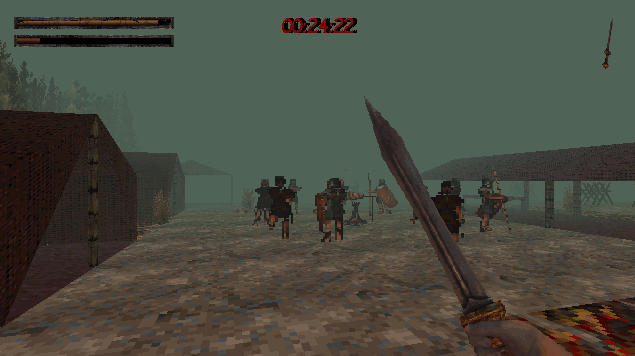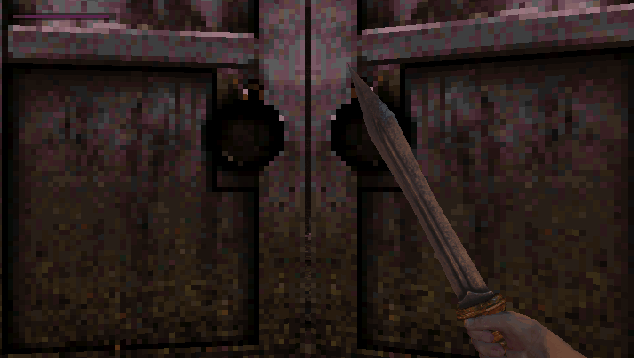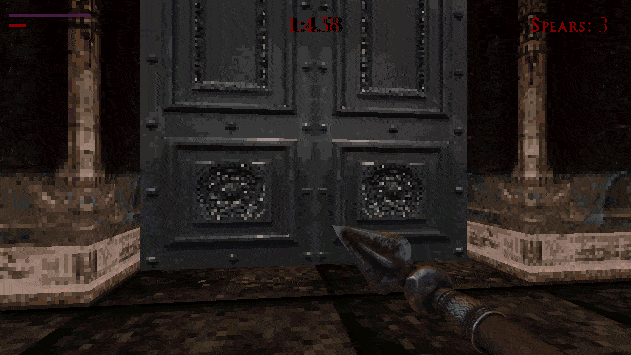Yo its weapon Wednesday! This week we got the big hook thing which strikes fear into the hearts of any Roman legionary. This guy is the: Dacian Falx or Thracian Falx or just Falx. In history it is described as an anti-Roman/anti-armour weapon with a punch. It’s shape is perfect for hacking at Roman troops hiding behind shields. The blades themselves had different degrees of hook to blade proportions, lengths and angles and came in one handed and two handed variants. The two-handed variant is the one you will find in Caesar’s Revenge. These two-handed Falx often had a handle at a similar or matching size to the blade. This gave a lot of leverage and power to the wielder but use of this weapon would cost protection due to the two-handed operation of the weapon using a shield is silly. This trade, however unorthodox, did pay off and was devastating when matched up with a classic Roman shield and Gladius style of combat. The superior reach plus the power and design necessary to punch through and over Roman Armour particularity the shields made a lot of common Roman fighting techniques and strategies useless.
Fun Fact: Roman helmets received modification during Trajan’s Dacian wars with the addition of cross-bars across the dome of the helmet, this change is often accredited to falx and its effectiveness at punching holes in Roman heads.

But why is Julius Caesar using this heathen weapon? Lets just say when Mars gives you lemons you make lemonade. The Falx has become an iconic and infamous anti-Roman weapon in recent times and although its actual effectiveness and use in history is disputed the legend of its effectiveness provides the perfect alibi for the powerful, heavy hitting, shield splintering and armor breaking weapon type Caesar needs on his conquest for revenge.
Gameplay: The Falx like all our weapons has two attack types and primary and a secondary. The primary attack is is a powerful overhead strike from above, this is the shield splintering one! it ignores an enemies shield and deals damage directly , perfect for pesky Roman soldiers turtleing behind shields, it also applies a knock back. This attack due to its over the head nature is powerful but can only target one enemy at a time. The secondary attack is horizontal sweeping attack like the Gladius. A sweeping attack does not break armor as effectively but does apply knock back, it can target double the enemies of the Gladius currently a whopping 6! both attacks are balanced by longer wind-up and cool-down times. Attacks also slow you down to a walk while triggered, this means you have to tank a lot more damage while attacking. That’s the payoff to such great power. What I like about this balance is that it does not make the weapon “just a stronger Gladius” like we originally feared, but instead it it performs a different job completely. The Falx needs to be used with a different style of play, more patience and planning is involved in a Falx strike than with any other bladed weapon currently in the game.
Unique feel and divergence between the look and gameplay of each weapons is important in Ceasar’s Revenge. As always mechanics and visuals are subject to change as we tweak the Falx further but I hope you have all enjoyed this chunky sneak peak. You can check out the 3D model on Sketchfab below, plus let me know what you think.






















